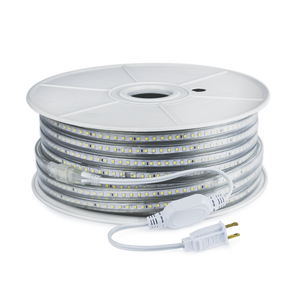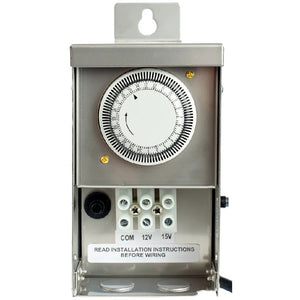
In the realm of display technology, OLED (Organic Light-Emitting Diode) has emerged as a game-changer, captivating consumers with its stunning visual quality and energy-efficient characteristics. OLED technology has rapidly gained prominence in various industries, including smartphones, televisions, wearables, and automotive displays. In this article, we delve into the captivating world of OLED, exploring its fundamental workings, unique features, and the revolutionary impact it has on the future of display technology.
Understanding OLED Technology:
OLED technology utilizes organic compounds that emit light when an electric current passes through them. Unlike traditional LCD (Liquid Crystal Display) panels, which require a backlight, each OLED pixel produces its own light, enabling individual pixels to be turned off completely when displaying true blacks, resulting in infinite contrast ratios. The absence of a backlight also contributes to thinner and lighter displays.
Unparalleled Visual Quality:
One of the most striking features of OLED displays is their exceptional visual quality. OLED panels offer vibrant colors, incredible contrast, and pixel-level precision. Each pixel can emit light independently, allowing for precise control over brightness and color accuracy. This capability results in immersive visuals with deep blacks, rich colors, and breathtaking detail, providing an unrivaled viewing experience.
Flexibility and Curved Displays:
OLED technology's organic nature allows for flexibility and the creation of curved displays. Unlike rigid LCD panels, OLED panels can be bent and shaped, opening up endless possibilities for innovative designs. Curved OLED displays offer a more immersive viewing experience, wrapping around the viewer and enhancing the sense of depth.
Energy Efficiency and Environmental Benefits:
OLED displays are renowned for their energy efficiency. As each pixel produces its own light, power is only consumed when necessary, as opposed to LCDs that require constant backlight illumination. OLED technology enables power savings, especially when displaying content with a significant amount of black, as black pixels are completely turned off. This energy efficiency not only translates into longer battery life for portable devices but also reduces electricity consumption, contributing to a greener future.
Applications in Various Industries:
OLED technology has found its way into multiple industries, transforming the way we interact with displays:
- Smartphones: OLED screens have become the gold standard in smartphone displays due to their exceptional visual quality, energy efficiency, and ability to enable features like Always-On Display.
- Televisions: OLED TVs offer a cinema-grade experience at home, delivering unparalleled picture quality, wider viewing angles, and the truest representation of black levels.
- Wearables: The flexibility and power-saving features of OLED make it an ideal choice for smartwatches and fitness trackers, offering vibrant and crisp visuals while preserving battery life.
- Automotive: OLED displays are revolutionizing the automotive industry, providing curved and customizable panels for instrument clusters, infotainment systems, and rear-seat entertainment, enhancing both aesthetics and functionality.
Future Developments and Challenges:
The future of OLED technology is brimming with possibilities. Manufacturers are continually working on advancements such as higher resolutions, faster refresh rates, and improved durability. However, challenges remain, including issues related to burn-in and lifespan. Research and development efforts aim to address these concerns, ensuring OLED technology continues to evolve and meet the demands of tomorrow's displays.
OLED technology has revolutionized the display industry, elevating visual experiences to unprecedented levels. With its exceptional visual quality, energy efficiency, flexibility, and diverse applications, OLED has solidified its position as the future of display technology. As advancements continue to enhance its capabilities and overcome challenges, we can expect OLED to dominate the market, shaping the way we interact with digital content and opening doors to new possibilities in various industries















































































